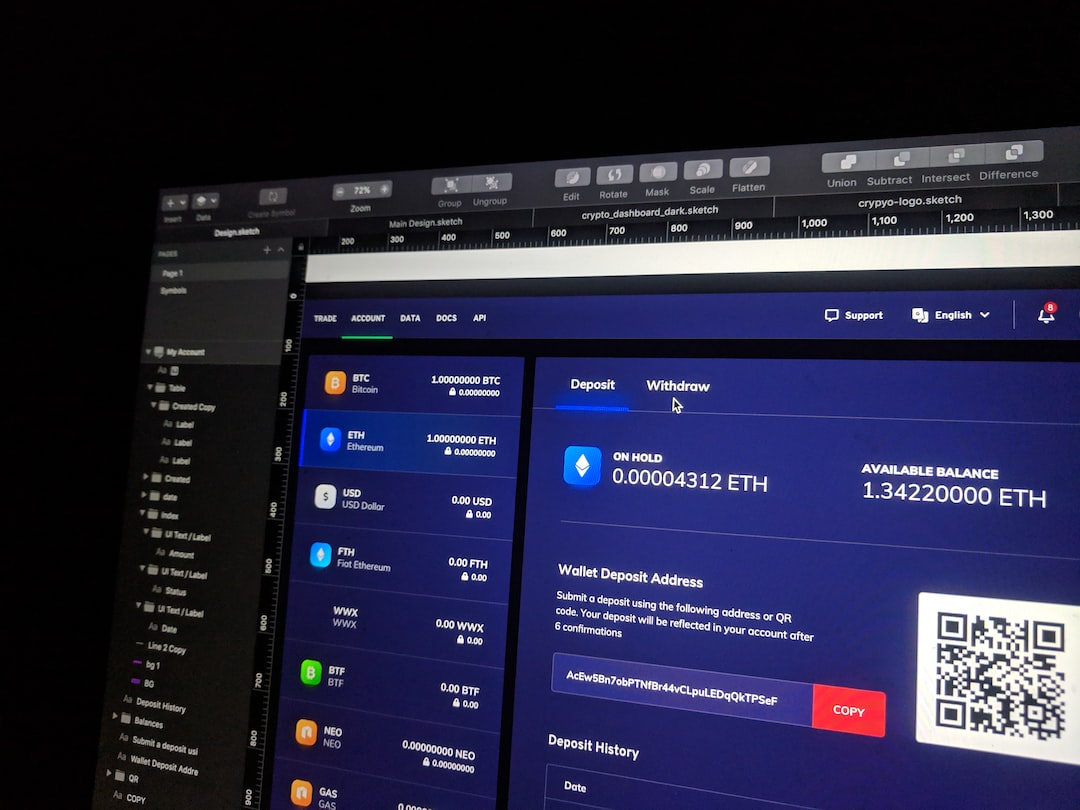Bitcoin’s Hashrate Bounces Back After Cold Spell in Texas
Bitcoin’s cumulative hashrate experienced a decline in mid-January due to miners pausing operations during a severe cold spell in Texas. By Jan. 21, the hashrate hit its lowest point of the year at 482 EH/s. However, since then, it has rebounded and increased by 10.99% to 535 EH/s.
Bitcoin Network Demonstrates Strength With Hashrate Revival
In the past six days, Bitcoin’s hashrate has risen to 535 EH/s, marking a 10.99% increase from its recent low. This surge in hashrate has led to block times slightly surpassing the standard ten-minute interval.
Block durations are currently fluctuating between eight minutes and 52 seconds to nine minutes and 21 seconds. As block intervals consistently remain below the ten-minute benchmark and the hashrate continues to gain momentum, a network difficulty adjustment is expected to occur around Feb. 2, 2024.
Positive Forecast for Mining Difficulty Rise
Forecasts suggest that the upcoming network difficulty adjustment will result in a mining difficulty increase ranging between 1.21% and 6.9%. This adjustment is likely due to the steady rise in hashrate over the past few days.
Miners Collect $1.1 Billion in Fees and Subsidies
Since the beginning of January, miners have earned approximately $1.1 billion in fees and subsidies combined. Transaction fees accounted for $120.46 million, while block rewards contributed $977.7 million.
Bitcoin’s hash price, which reflects the daily estimated earnings of 1 PH/s of hashing power, currently stands at around $79.23 per PH/s per day. However, this has dropped by more than 23% from its monthly high.
Leading Pools and their Hashrate
According to recent data, Foundry USA is the leading pool with 152.23 EH/s, followed by Antpool with 139.92 EH/s, and Viabtc with 71.64 EH/s. Foundry holds the largest share of the total hashrate at 29.34%.
The fluctuations in Bitcoin’s hashrate have long-term implications for the network’s security, transaction processing times, and miner profitability. Miners are currently focused on maximizing rewards before the upcoming halving event.
Hot Take: Bitcoin’s Hashrate Rebounds, Demonstrating Resilience
Despite the recent dip in hashrate due to external factors, Bitcoin’s hashrate has quickly rebounded and shows signs of strength. The surge in hashrate and the impending network difficulty adjustment indicates the network’s resilience and adaptability. Miners continue to play a crucial role in securing the network and maximizing their profitability before the halving event. These fluctuations in hashrate are significant for the overall security and efficiency of Bitcoin transactions, making it essential for miners and users to closely monitor these trends.





 By
By
 By
By
 By
By
 By
By
 By
By
 By
By